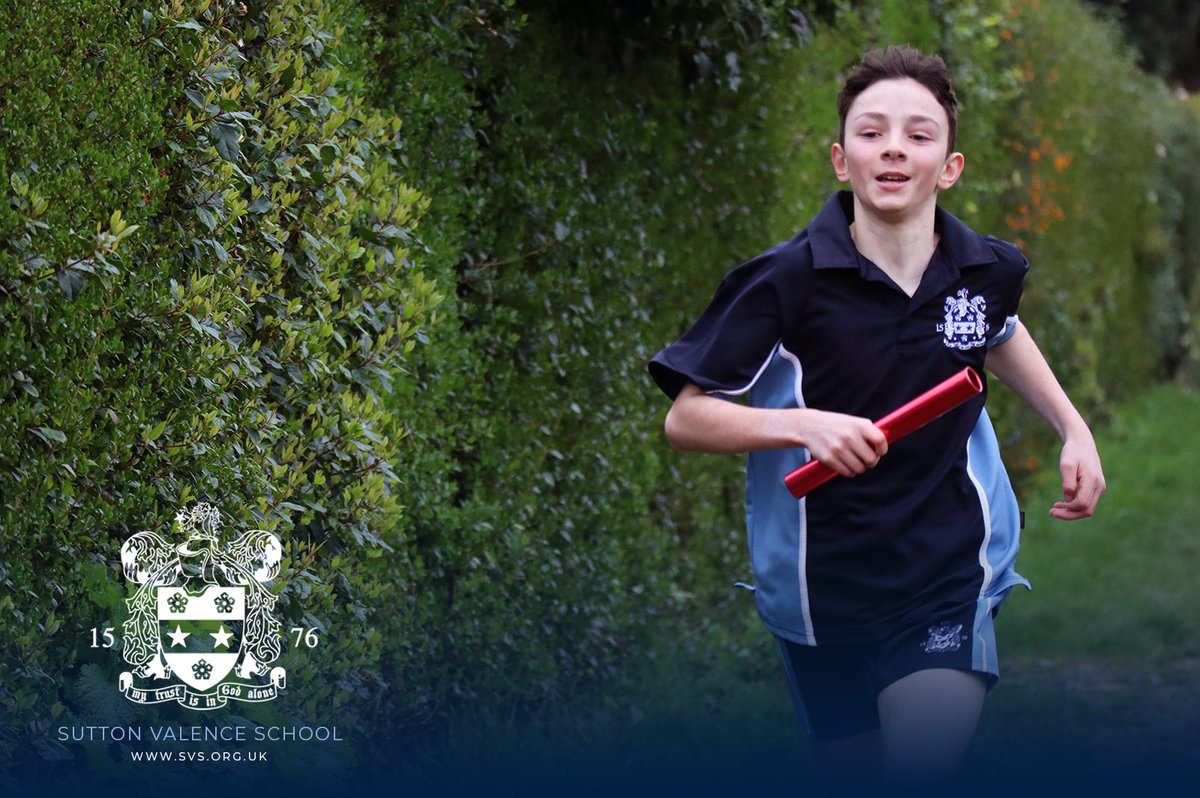Spinning and dying wool, weaving yarn on wooden, warp-weighted looms and felting your own fabric are skills you would have needed to be an Anglo-Saxon, living in Britain thousands of years ago. Stepping back in time, Year 4 had the opportunity to learn some of these skills in their felting and weaving workshop. With a wonderful array of wool in rainbow colours, luckily dyed without having to mash plant juices, the children were spoilt for choice – selecting their favourite was the first challenge.
Pulling tufts of wool to create layers of feathery jewels was a skill Year 4 mastered quickly. Rolling their wool creations to mesh the fibres, a marvellous Science experiment of their making, was hard work and patience was a much-needed virtue. However, Year 4 persevered until their flimsy woolly creations became a tough felted fabric! Made even tougher by flinging it to the floor with force to further bind the fibres was, according to Year 4, the best part of the felting process! Being an Anglo-Saxon means you need a brooch to fasten your cloak, so Year 4 are going to use their hand-made felt to make a wearable brooch.
Another skill, that Year 4 turned their talents to, was weaving; Anglo-Saxons needed woven fabric to make their tunics and cloaks. Once they had mastered the art of threading their weft thread over and under the warp threads, Year 4 became competent weavers. However, they also realised that weaving was a time-consuming skill that needed concentration and even more patience.
So, did Year 4 want to be an Anglo-Saxon? The general consensus was that life as an Anglo-Saxon was hard and, although their newly acquired skills as felters and weavers were great fun, it was not something they would be delighted to do every day (unless it was in a wonderful workshop in the Art Room)!





